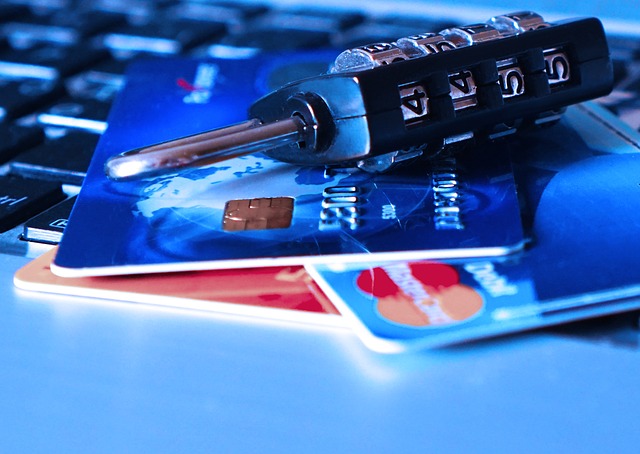A cash discount is a deduction allowed by the seller of goods or by the provider of services in order to motivate the customer to pay within a specified time. The seller or provider often refers to the cash discount as a sales discount. The buyer often refers to the same discount as a purchase discount. The cash discount is also known as an early payment discount.

Not all sellers offer cash discounts, but a common cash discount is 1/10, net 30 and it will appear on the sales invoice. If the invoice is $1,000 and the buyer returns $100 the net amount due to the seller is $900 if paid within 30 days. However, the buyer can deduct $9 (1% of $900) if the buyer pays the seller $891 within 10 days of the invoice date. The seller often records the $9 cash discount as Sales Discounts. The buyer will record the $9 savings as Purchase Discounts or as a reduction to the cost recorded in inventory.

1. Legal – Cash discount programs come in all shapes and sizes. Like choosing any vendor, be sure they are in good standing with organizations such as the Better Business Bureau. Be sure that they can detail how their cash discount program complies with state and federal laws. Ask for sample receipts and statements. To clearly adhere to federal standards, the service fee or discount amount needs to be detailed clearly to the customer at the time of the transaction.
2. Equipment – The technology of cash discounting is quickly evolving. Be sure to use a provider that has patent-level technology that is programmed directly into the equipment. The most advanced technologies currently are built for specific terminal brands. In these cases, you can easily negotiate for free and discounted equipment. Cash discount technologies are not universal, so be sure to ask a lot of questions when evaluating equipment options.
3. Hidden Costs – As with traditional credit card processing, there are unscrupulous providers who will take advantage of the savings that cash discounting provides. Get pricing clear and in writing. If your sales rep makes a promise, make him/her put it in writing. The concept of a cash discount program is simple. The provider you choose should be completely transparent in their pricing and not charge unnecessary fees.
4. Fee Options – Good providers offer two service fee pricing options- either by an average ticket size (flat fee) or a percentage of the sale amount. Businesses with a big-ticket discrepancy need the percentage model, while businesses with consistent average ticket size work well with a flat fee. Be sure to know your average transaction size so that you can pick the right model for your cash discount program.
5. Support – For a successful rollout, merchants will need the cash discount supporting materials such as in-store signage, training guides and videos, quick reference handouts as well as a hotline to answer customer questions. A good provider will offer all of these things free of charge, in addition to being on-hand to troubleshoot equipment, answer billing questions, or assist with additional training.
Bonus Keys to a successful Cash Discounting Program
• Daily Discount – You should receive your full batch for each day you process. The daily discount attempts to do the accounting and reconciliation with every batch. Cash discount programs that use daily discount are non-compliant and should be avoided at all costs.
• Tips – Many technologies have not figured out how to account for tips. As previously discussed, it is a requirement of the cash discount program that the convenience fee be displayed to the consumer at the time of the transaction. Since the tip is added to the transaction post swipe, the convenience fee cannot be adjusted when the tip is reconciled at the end of the servers shift. If your business takes tips, e sure to ask if your provider has a solution for tips.
• Beware of 100% - Slick marketing hucksters will state that you can eliminate 100% of your credit card processing fees. This assertion is dishonest. Any program that promises to eliminate 100% of your fees, by law, will not be a compliant cash discounting program. Depending on volumes, most merchants can expect an 80-90% reduction in fees.
• Trial Period – 10-15% of businesses that try cash discounting ultimately come to the conclusion that it is not the right program for their business. Many legitimate programs recognize this and will offer a trial period of 30-60 days. The best providers will even roll you back into a traditional merchant account with competitive fees and no termination costs.
Occasionally some service providers allow a cash discount if their fee is paid at the time of the service. For example, my dentist allows a cash discount of 5% to patients without insurance if they pay on the day of the service. This cash discount saves the time and cost of billing, mailing statements, receiving partial payments, and can result in the dentist having more cash and less receivables.
Cash Discounting Program SwyftPAY Minnesota – Permanently lower your processing fees using cash discounting. Your customers will enjoy the benefit of the optional lower cash price and you will enjoy the benefit of more cash in your till at the end of the month. With many different Cash Discount Programs now available in the marketplace, it is important to know what programs are legal and effective. Cash Discounting from SwyftPAY is a Visa Approved, patented technology that is fully compliant with all state laws. To get the right information to make the best decision for your business, call us today 888-256-8917.


